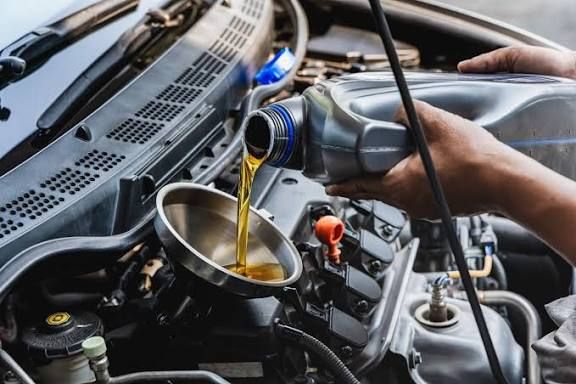
As a car owner, taking care of your vehicle is crucial to ensure it runs smoothly, efficiently, and safely. However, if you’re new to car ownership, the thought of maintaining your car can be overwhelming.
Maintaining your car may seem daunting, but with this ultimate car maintenance checklist for beginners, you’ll be well on your way to becoming a car care pro. By staying on top of routine maintenance, you’ll ensure your vehicle runs smoothly, efficiently, and safely.
Don’t worry; we’ve got you covered. In this post, we’ll share the ultimate car maintenance checklist for beginners, covering the essential tasks to keep your car in top condition.
Why is Regular Car Maintenance Important
Before we dive into the checklist, let’s quickly discuss why regular car maintenance is vital. By staying on top of routine maintenance, you’ll:
- Prevent costly repairs
- Improve fuel efficiency
- Enhance safety on the road
- Extend the lifespan of your vehicle
What are Car Maintenance Checklist for Beginners?
1. Oil and Fluids
- Check engine oil levels: Ensure the oil level is at the recommended level. Top up as needed.
- Check coolant level: Verify the coolant level is adequate. Add a 50/50 mix of coolant and water if necessary.
- Check brake fluid level: Ensure the brake fluid level is at the recommended level. Top up as needed.
- Check transmission fluid level: Check the transmission fluid level and top up as necessary.
2. Tires
- Check tire pressure: Ensure the tire pressure matches the recommended level, as specified in your owner’s manual.
- Check tread depth: Use a penny or a tire tread gauge to check the tread depth. Replace tires if worn out.
- Inspect tire condition: Look for signs of wear, damage, or uneven wear.
3. Battery
- Check battery terminals: Clean the terminals and ensure they’re free of corrosion.
- Check battery age: Check the battery’s age and consider replacing it if it’s more than three years old.
4. Lights and Signals
- Check headlights: Ensure both headlights are functioning properly. Replace bulbs as needed.
- Check taillights: Verify both taillights are working correctly. Replace bulbs as needed.
- Check turn signals: Ensure all turn signals are functioning properly.
5. Wipers
- Check wiper condition: Inspect the wiper blades for signs of wear or damage. Replace if necessary.
- Check wiper fluid level: Ensure the wiper fluid level is adequate. Top up as needed.
6. Air Filter
Check air filter condition: Inspect the air filter and replace it if it’s dirty or clogged.
7. Belts and Hoses
- Check serpentine belt condition: Inspect the serpentine belt for signs of wear or damage. Replace if necessary.
- Check engine hoses*: Verify the engine hoses are in good condition. Replace if necessary.
8. Safety Checks
Check brakes and ensure the brakes are functioning properly. Have them inspected by a mechanic if necessary. Verify the suspension is in good condition. Have it inspected by a mechanic if necessary.
How to create a Maintenance Schedule
To stay on top of routine maintenance, create a schedule based on your vehicle’s manufacturer recommendations. Here’s a general outline:
Every month:
- Check oil levels
- Check tire pressure
- Check lights and signals
Every 3,000 to 5,000 miles:
- Change engine oil
- Check and top up fluids
Every 12,000 to 15,000 miles:
- Replace air filter
- Check and replace wiper blades
- Check and replace belts and hoses
